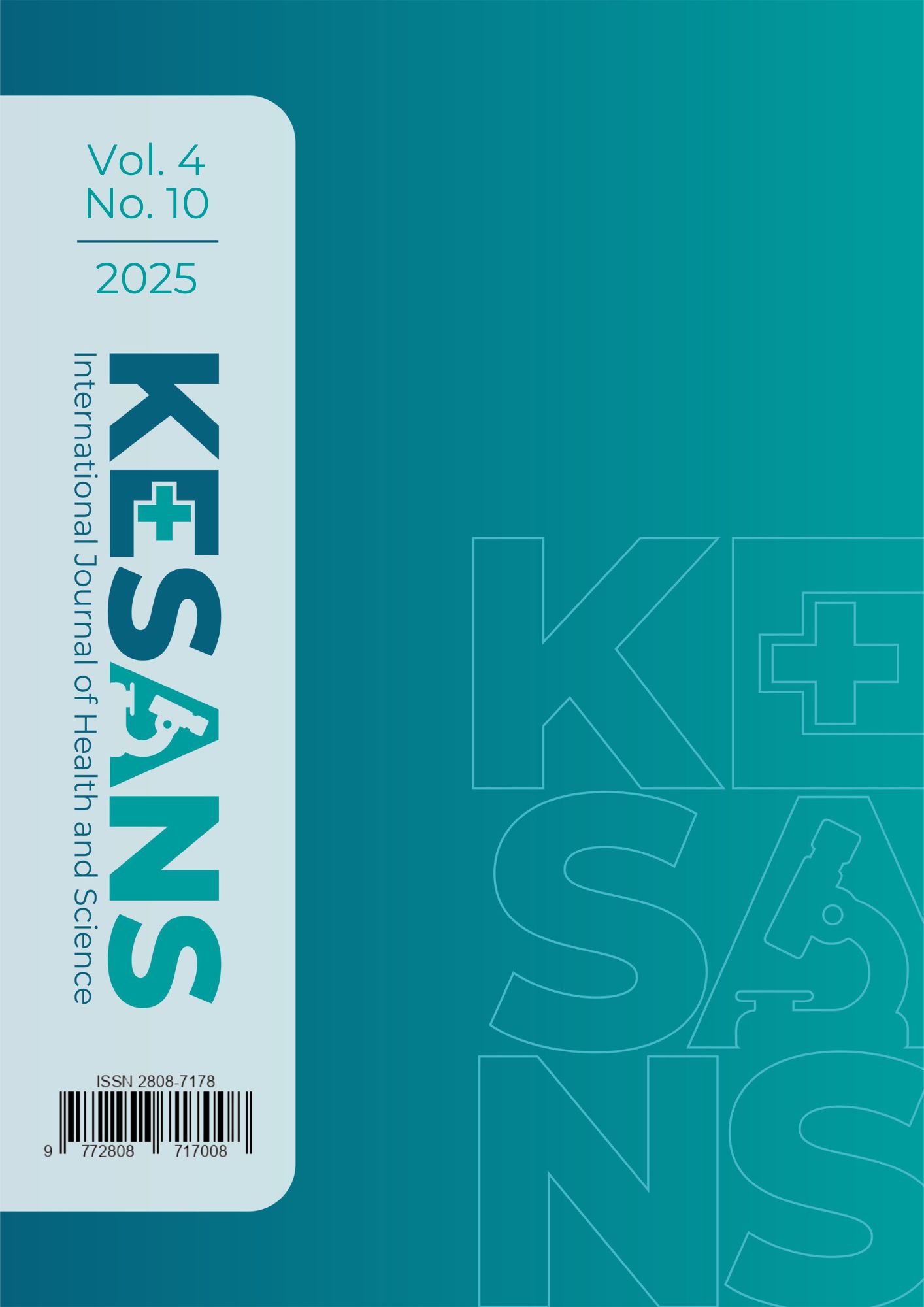Factors Associated with Adolescent Girls' Knowledge of Fluor Albus at Taman Harapan 1 SHS, Bekasi City, in 2016
DOI:
https://doi.org/10.54543/kesans.v4i10.395Keywords:
Knowledge, Adolescent Girls, Fluor AlbusAbstract
Introduction: Fluor albus (vaginal discharge) affects approximately 50% of the female population across almost all age groups. In Indonesia, over 75% of women experience fluor albus at least once in their lifetime. This high prevalence is associated with the country’s humid climate, which facilitates the growth of pathogenic fungi and bacteria. Objective: To identify the factors associated with adolescent girls’ knowledge regarding fluor albus. Method: This study employed a descriptive-analytic design with a cross-sectional approach. Results and Discussion: Of the respondents, 122 adolescent girls (61.0%) demonstrated low knowledge of fluor albus, while 78 (39.0%) showed a high level of knowledge. Bivariate analysis revealed that personal hygiene (p = 0.003), sources of information (p = 0.005), and environmental factors (p = 0.001) were significantly associated with knowledge levels regarding fluor albus. These three variables were identified as significant factors influencing adolescent girls' knowledge. The findings suggest that improving adolescent knowledge requires: (1) enhancement of personal hygiene practices, (2) increased access to accurate and reliable information through various media, and (3) supportive family and social environments. Conclusion: Health education interventions targeting adolescents should adopt a holistic approach, encompassing improvements in personal hygiene, facilitation of access to health information, and the creation of supportive environments.
Downloads
Published
How to Cite
Issue
Section
Citation Check
License
Copyright (c) 2025 Pansilia Pansilia, Rifa'at Hanifa Muslimah

This work is licensed under a Creative Commons Attribution-ShareAlike 4.0 International License.





















